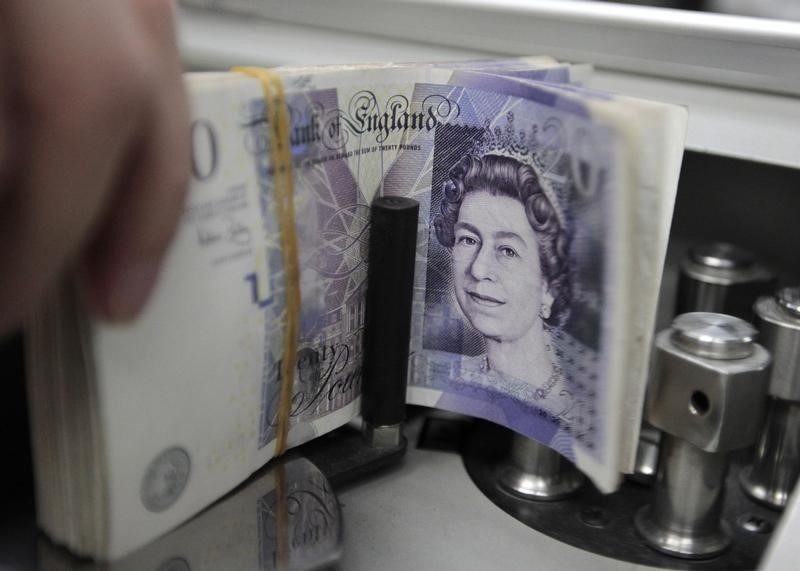Investing.com - The pound fell to four month lows against the dollar on Friday as markets digested the latest U.S. employment report, showing that the rate of jobs growth moderated in August.
The Labor Department reported that the U.S. economy added 173,000 jobs last month, slowing after an upwardly revised gain of 245,000 in July. It was the smallest increase in employment in five months and was below expectations for 220,000.
The unemployment rate ticked down to 5.1%, its lowest level since April 2008 from 5.3% in July, while average hourly wages rose by a stronger-than-expected 2.2%.
The jobs report failed to provide much clarity on whether the Federal Reserve will decide to raise short term interest rates later this month.
The dollar has come under pressure in recent weeks as slowing growth in China prompted investors to push back expectations for the timing of an initial rate hike by the U.S. central bank.
The U.S. dollar index, which measures the greenback’s strength against a trade-weighted basket of six major currencies, was last at 96.26, almost unchanged for the day after fluctuating between small gains and losses.
GBP/USD was down 0.57% to 1.5170 in late trading, the weakest level since May 6.
Sterling remained on the defensive after surveys pointing to slowing growth in U.K. business activity in August clouded the outlook for third quarter growth and tempered expectations for higher interest rates.
A report on Thursday showed that the U.K. service sector grew at the slowest pace in over two years last month, and similar surveys earlier in the week showed that manufacturing and construction output also slowed in August.
The pound was also lower against the euro, with EUR/GBP rising 0.8% to 0.7346, recovering from the previous sessions lows.
The single currency moved lower on Thursday after the European Central Bank indicated that it could scale up its quantitative easing program and downgraded its forecasts for growth and inflation.
In the week ahead, investors will be looking ahead to Friday’s U.S. reports on producer prices and consumer sentiment for further indications on the strength of the economy.
Wednesday’s U.K. data on industrial production and Thursday’s monetary policy statement by the Bank of England will also be closely watched.
Ahead of the coming week, Investing.com has compiled a list of these and other significant events likely to affect the markets. The guide skips Tuesday, as there are no relevant events on this day.
Monday, September 7
Markets in the U.S. are to remain closed for the Labor Day holiday.
Wednesday, September 9
The U.K. is to report on the trade balance and industrial production.
Thursday, September 10
The Bank of England is to announce its benchmark interest rate and publish its rate statement.
The U.S. is to release data on initial jobless claims.
Friday, September 11
The U.S. is to round up the week with data on producer prices and consumer sentiment.
